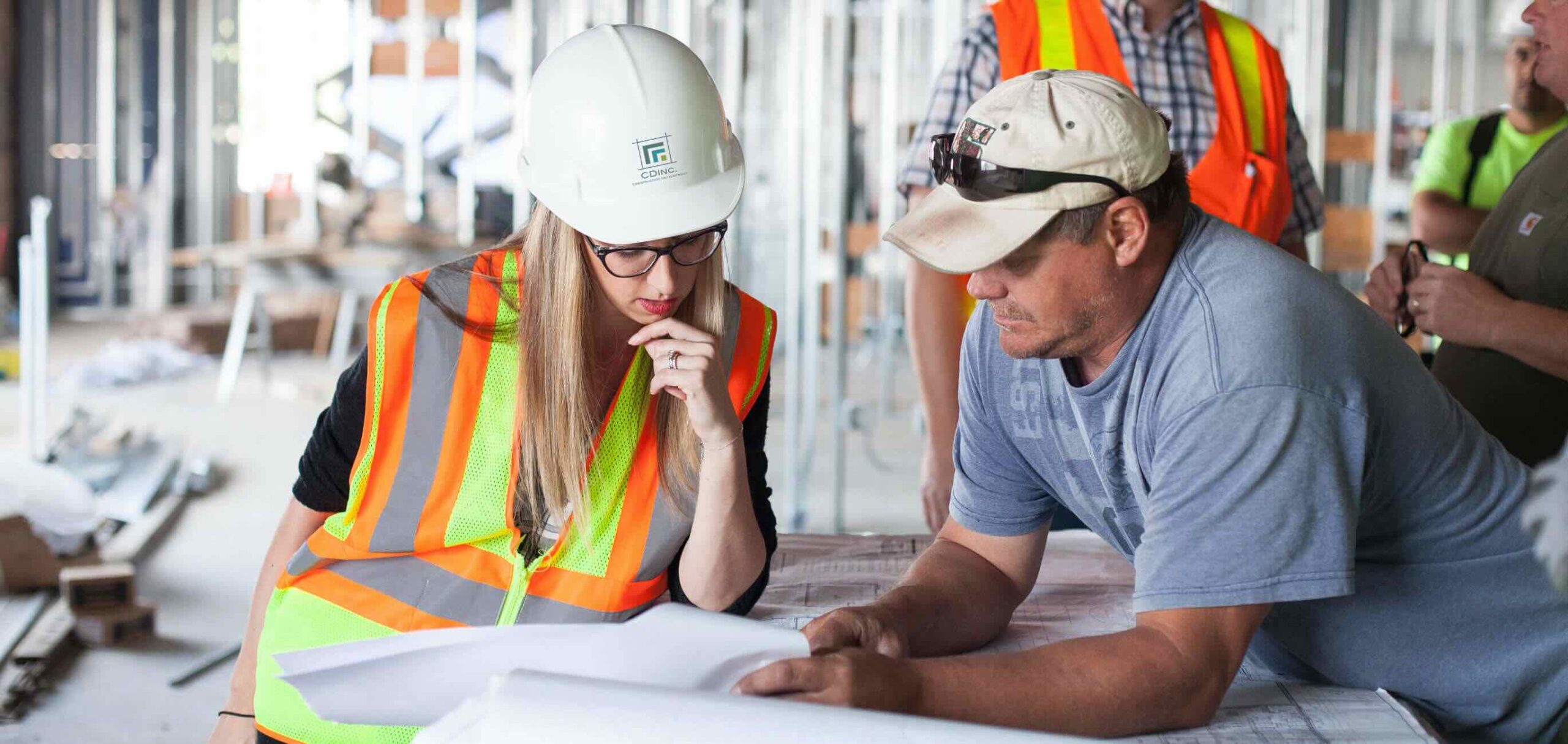Estimating the cost of a commercial construction project is one of the most critical steps in the building process. A reliable estimate ensures that developers, contractors, and stakeholders have a clear understanding of the financial requirements before committing resources. Inaccurate estimates can lead to budget overruns, delays, and even project failure. This is why many professionals rely on commercial estimating services to bring precision and expertise to their cost calculations. Whether it is a small retail build-out, a large office complex, or an industrial warehouse, cost estimation provides a roadmap for financial planning, material procurement, and labor allocation.
Importance of Accurate Estimation in Commercial Projects
An accurate cost estimate is essential for several reasons:
- It helps project owners determine financial feasibility
- It allows contractors to prepare competitive bids
- It provides a roadmap for budgeting, scheduling, and procurement
- It reduces the risk of financial disputes between stakeholders
Key Components of Commercial Construction Cost Estimation
Direct Costs
These are the costs directly tied to construction work. They include:
- Labor expenses for skilled and unskilled workers
- Materials such as concrete, steel, glass, and finishes
- Equipment rental or purchase for construction activities
Indirect Costs
Indirect costs are necessary but not directly linked to on-site work. Examples include:
- Site supervision and administration
- Permits and regulatory fees
- Temporary utilities such as water and electricity
Overhead and Profit
Contractors include overhead to cover office operations, insurance, and marketing. A profit margin, typically 10-20%, is also added to the estimate.
Contingency Allowance
Since unexpected changes are common in construction, a contingency of 5–10% is usually included in estimates to cover unforeseen conditions.
Factors Affecting Commercial Construction Costs
Location and Site Conditions
Urban projects often have higher labor and material costs compared to rural areas. Soil conditions, accessibility, and local regulations also influence pricing.
Building Size and Design Complexity
The larger and more complex the structure, the more resources are required. Unique architectural features often increase labor hours and material costs.
Labor Market Conditions
Labor costs fluctuate depending on availability of skilled workers, union agreements, and regional wage standards.
Material Prices
Prices of construction materials such as steel, cement, and lumber vary with market demand, inflation, and supply chain disruptions.
Project Schedule
Tighter timelines often require overtime pay, additional crews, or expedited material delivery, which raise overall costs.
Subcontractor Involvement
Subcontractors influence estimates through their labor rates, material sourcing, and availability. Effective coordination with subcontractors reduces risks of delays and rework.
Methods of Estimating Commercial Construction Costs
Preliminary Estimate
Also known as an order-of-magnitude estimate, this method provides a quick cost projection during the early design stage. It is based on limited information and uses cost per square foot as a guideline.
Detailed Estimate
A comprehensive approach that involves itemizing every labor, material, and equipment requirement. This method is the most accurate but requires complete design and specification documents.
Quantity Takeoff
Estimators calculate exact quantities of materials and labor needed using blueprints and digital software. The quantities are then priced according to current market rates.
Unit Cost Estimating
This method uses predefined unit costs, such as cost per cubic yard of concrete, and multiplies them by the required quantities. It allows faster calculations and easy comparisons.
Lump Sum Estimating
A method in which the contractor provides a single fixed price for the entire project scope. This is common in competitive bidding scenarios.
Modern Tools Used in Commercial Construction Estimation
Technology has transformed the way estimates are prepared. Tools such as Building Information Modeling (BIM), construction management software, and digital takeoff solutions improve accuracy and save time. Cloud-based platforms allow real-time collaboration among architects, contractors, and clients, ensuring transparency in cost management.
Role of Subcontractors in Cost Estimation
Subcontractors play a significant role in commercial construction estimates because they specialize in specific trades like electrical, plumbing, or HVAC. Their quotes directly impact the accuracy of the final estimate. Good relationships with reliable subcontractors lead to better pricing, fewer delays, and higher quality work.
Best Practices for Accurate Estimation
- Use updated market data for labor and material costs
- Break down the project into detailed work packages
- Include risk and contingency allowances
- Verify subcontractor bids and compare multiple options
- Leverage advanced estimating software for improved accuracy
- Conduct regular reviews and update estimates throughout the project lifecycle
Conclusion
Estimating commercial construction costs is both an art and a science. It requires knowledge of materials, labor, market trends, and project complexities. A well-prepared estimate gives stakeholders the confidence to move forward with clear expectations about financial commitments. By considering direct and indirect costs, market fluctuations, subcontractor input, and using modern estimating tools, professionals can minimize risks and maximize project efficiency. Accurate cost estimation is not just about numbers; it is about building trust, ensuring transparency, and laying the foundation for successful project delivery.
FAQs
1. Why is cost estimation important in commercial construction?
Cost estimation ensures financial feasibility, helps contractors prepare competitive bids, and prevents budget overruns.
2. What are the main components of a commercial construction estimate?
The main components include direct costs, indirect costs, overhead and profit, and contingency allowances.
3. How do market rates affect commercial construction estimates?
Fluctuations in labor wages and material prices directly impact the overall cost of construction projects.
4. What role do subcontractors play in estimates?
Subcontractors provide trade-specific quotes that significantly influence the accuracy of total project costs.
5. Which tools are commonly used in construction estimating?
Popular tools include BIM software, digital takeoff programs, and cloud-based project management platforms.
